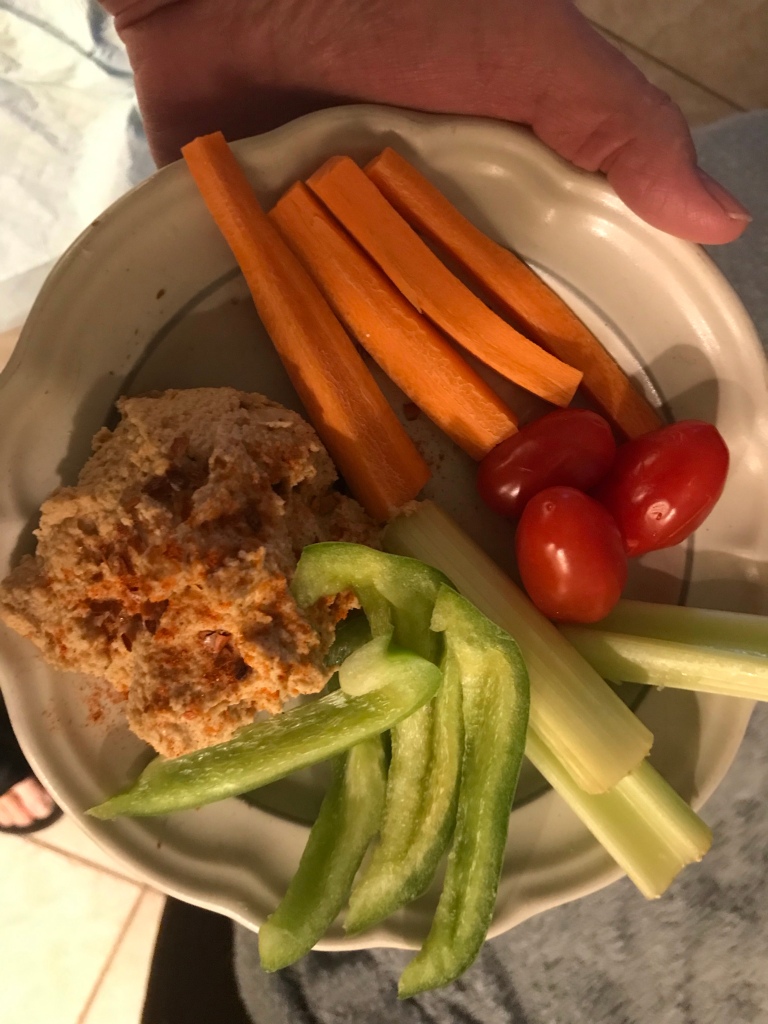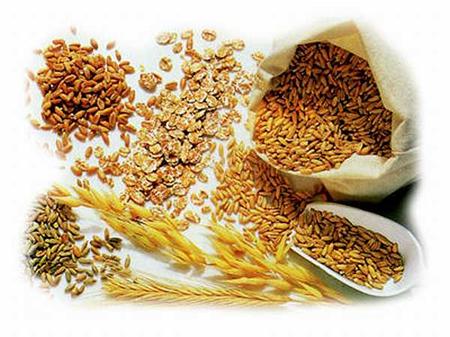This is my column in this week’s Minco Millennium. It was too late for New Years Day this time, but it was really just too good to not share now. I’ve literally made three batches of this since December 31st.

I always eat black eyed peas on New Year’s Day. And I also make everyone else in our household eat at least one bite on that day.
I won’t go into the different stories (or superstitions) of why southerners believe you should eat black eyed peas on New Year’s but all the different stories agree that they help bring good luck for the year ahead. Even when the past year has been bad, we still think how much worse it could have been if we hadn’t eaten our black eyed peas!
I actually love black eyed peas, especially when they’re cooked with jalapeños and bacon. My hometown (Hollis, OK) used to have an annual “Black Eyed Pea Festival” and I remember my great uncle Glen McGee used to plant them on his farm and let anyone who wanted to come pick all they wanted for free. Black eyed peas are great for the soil adding important nutrients back into the ground that many other crops drain from the earth.
Kelly always, without fail, says they “taste like dirt.” I guess Allie’s tastebuds must agree because she sent a recipe a few days before the end of the year for black eyed pea hummus.
Hummus is usually made from chickpeas, also called garbanzo beans. But I thought I would try out the recipe. It is really, really good!
I’ve shared a recipe previously for hummus chicken, which is delicious. But hummus really is best eaten as a dip. Eat it with fresh veggies like celery, carrots, and bell peppers or with chips, crackers or pretzels.
To make this recipe of 6 servings you will need:
2.5 cups of cooked and drained black eyed peas
2 cloves of garlic, peeled and diced
1/4 cup + 2 tablespoons of extra virgin olive oil
3 tablespoons of tahini
2 tablespoons of lemon juice
1 teaspoon of smoked paprika
3/4 teaspoon salt
1/2 teaspoon black pepper
I went to three stores looking for tahini, the only ingredient I didn’t have on hand. None had it. But it’s easy to make. It’s made from ground up sesame seeds, oil and salt. You can do it in a food processor, blender or coffee grinder. The recipe I pulled up didn’t give measurements. But you grind up the sesame seeds add in a little salt and then enough oil to make it a creamy paste.
Once you have all the ingredients ready for the hummus, blend them all together in your processor or blender, until it is mixed well and smooth.
Move it to your serving bowl and then you can garnish it (if you choose) by pouring a little more olive oil on top then sprinkle with more paprika, salt and red pepper flakes if you want to spice it up a bit.
I cooked dry black eyed peas in my InstaPot (25 minutes) for this recipe. But if you are using canned black eyed peas be sure to drain and rinse well.
This is an excellent way to serve black eyed peas to those who don’t like them on New Year’s Day, or any of the other 364 days of the year ahead!


